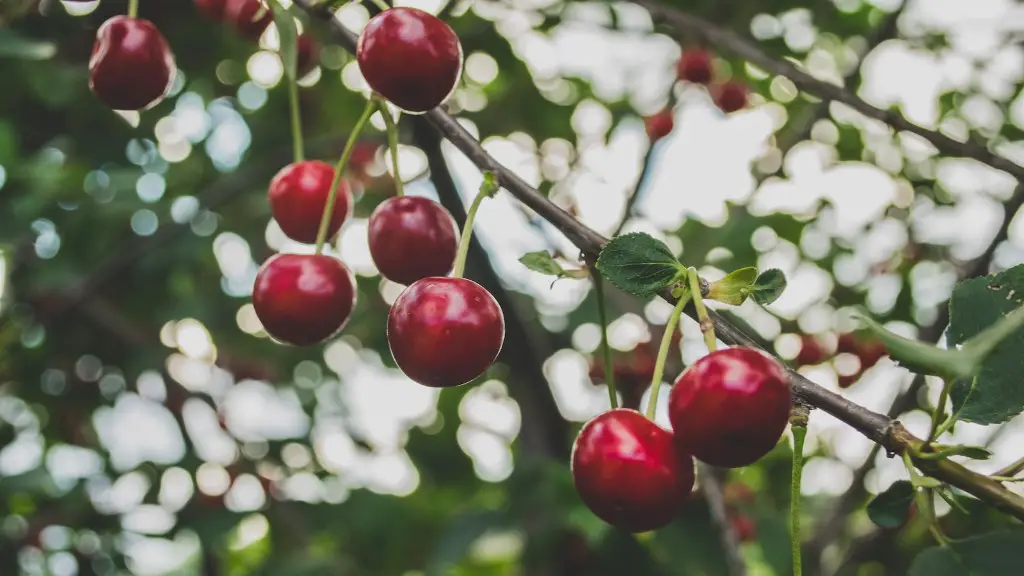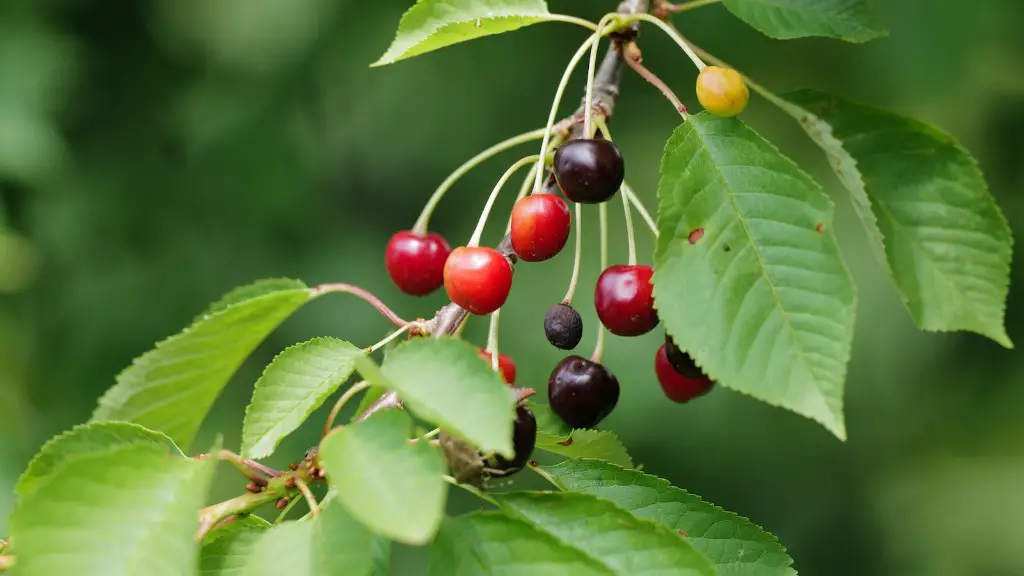Overview
Palm trees are attractive additions to yards and gardens, but when seedlings start to sprout up, they can become an uncontrollable nuisance. Killing palm tree seedlings is not as difficult a task once you understand how to do it. The first step is to identify the seedling and its source. Once the seedling is identified and you understand where it came from, you can begin to take action to prevent it from growing further.
Many people opt to use chemical herbicides as one of the methods of killing palm tree seedlings. These herbicides will work to inhibit the growth of the seedling and eventually, kill it. Care should be taken when using these products, however, as they may have an effect on neighboring trees and plants.
Manual removal of seedlings is also an option. If you know where the seedlings are coming from, you can pull them out by hand. If the seedlings are coming from a tree that you have already removed, you can use a shovel to dig up the roots and manually remove the seedlings.
No matter which method you use to kill the seedlings, it is important to be aware of your local regulations as some areas place restrictions on the use of chemical herbicides.
Using Herbicides
Herbicides are an effective way to kill palm tree seedlings. Before using a chemical herbicide, make sure to read the label and follow directions carefully. Some products will work better than others depending on the type of seedling you are trying to kill.
Pay special attention to any safety precautions outlined on the product label, including wearings gloves or protective eyewear. Be sure to also check with your local authorities to make sure that the use of chemical herbicides is legal in your area.
When applying the herbicide to the palm tree seedling, take care to only apply it to the plant itself. Avoid spraying nearby plants and vegetation as herbicides can have an effect on other plants if used incorrectly.
It is also important to consider the weather when applying herbicides to palm tree seedlings. Avoid applying during windy or rainy days to prevent the herbicide from being blown or washed away before it has a chance to take effect.
If applied correctly, herbicides can quickly and effectively kill palm tree seedlings. Be sure to take all necessary precautions and follow directions carefully when using these products.
Manual Removal
If you are uncomfortable with the idea of using chemical herbicides, a viable alternative is to manually remove the seedlings. This method can be time consuming and labor-intensive, but it does not involve any chemical applications.
To manually remove the seedlings, begin by digging around the seedling to expose the root. Once the root is exposed, you can use a shovel or other digging tool to carefully dig up the root and remove the seedling.
During the removal process, it is important to avoid disturbing the surrounding soil too much. Taking measures to prevent erosion is important as it can damage the soil and negatively affect nearby plants and vegetation.
Manually removing palm tree seedlings can be an effective way to get rid of them, but it will require some effort on your part. Make sure to take all necessary precautions when digging up the root.
Preventing Future Growth
After killing palm tree seedlings, it is important to take steps to prevent them from growing again. This can involve maintaining the area around the tree by regularly weeding and mulching, and also taking measures to ensure that the tree is properly watered.
Inspect the area around the tree regularly to make sure no new seedlings are sprouting up. If you notice any new sprouts, take action immediately to prevent them from growing further.
Keeping your lawn and garden properly maintained can greatly reduce the number of seedlings sprouting up. When mowing your lawn, keep the set-up high to encourage a more dense turf cover. This will help crowd out any seedlings from gaining a foothold.
Finally, it is also important to plant native species in your area. Non-native plants can be more susceptible to pests and diseases, and can be more difficult to control. Planting native species will help ensure that your garden stays free of unwanted seedlings and other invasive species.
Organic Control Solutions
Organic solutions are becoming increasingly popular when it comes to killing palm tree seedlings. These solutions are all-natural and generally, safer to use than herbicides.
Organic solutions can include anything from hand-picking and plucking the seedlings to using boiling water or vinegar to kill them. Additionally, natural solutions such as mulching or composting can be used to prevent new seedlings from germinating.
These solutions may not be as effective as chemical herbicides, but they are a good choice for those looking for more natural ways to kill palm tree seedlings. Organic solutions are often more sustainable and can be less harmful to the environment than using synthetic chemicals.
No matter which method you choose, it is important to take action as soon as possible to prevent the seedlings from taking over your landscape. Taking preventative measures and understanding how to kill palm tree seedlings can help you maintain a healthy, attractive landscape.
Environmental Considerations
It is important to consider the effects of killing palm tree seedlings on the environment. Although chemical herbicides can be effective, they can have a negative effect on the environment if they are not used properly.
Herbicides can have an effect on beneficial insects, birds, and other species living in and around the area where the seedlings are located. They can also contaminate groundwater and threaten the health of nearby plants and animals.
When using herbicides, it is important to read the label and follow all instructions carefully. Additionally, make sure to always use the minimum amount of chemical necessary to achieve the desired effect.
Organic solutions are often considered to be a safer choice as they are all-natural and generally, they are less harmful to the environment than chemical herbicides.
No matter which method you choose to kill palm tree seedlings, it is important to be mindful of the impact it can have on the environment. Taking the necessary precautions can help protect the environment from unnecessary harm.
Protection from Re-growth
Once you have taken care of existing palm tree seedlings, it is important to take steps to protect your landscape from re-growth. This can involve using mulch or compost to help crowd out any new sprouts, as well as maintaining the area around the seedling to prevent it from gaining a foothold.
Fertilizing the soil is another way to make it less hospitable to seedlings. Make sure to use an organic fertilizer that will not harm the environment.
Finally, be sure to inspect the area regularly to make sure no new seedlings are showing up. If you spot any, take action immediately to prevent them from growing further.
By taking steps to protect your landscape from re-growth, you can keep your yard free of palm tree seedlings. This can help keep your garden looking neat and tidy while also helping to protect the environment.
Conclusion
Killing palm tree seedlings is not as difficult as it may seem. With the right techniques and approach, you can easily keep your landscape free of these unwelcome guests.
Chemical herbicides can be an effective way to kill palm tree seedlings, but care should be taken when using these products. Alternatively, manual removal is an option, but it will require some effort on your part.
No matter which method you choose, it is important to take steps to prevent re-growth. This can involve mulching, composting, weeding, or fertilizing the soil. Taking the necessary steps to protect your landscape from re-growth can help keep your yard free of palm tree seedlings.





